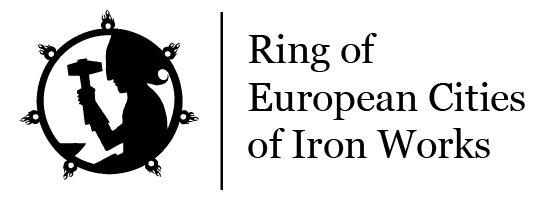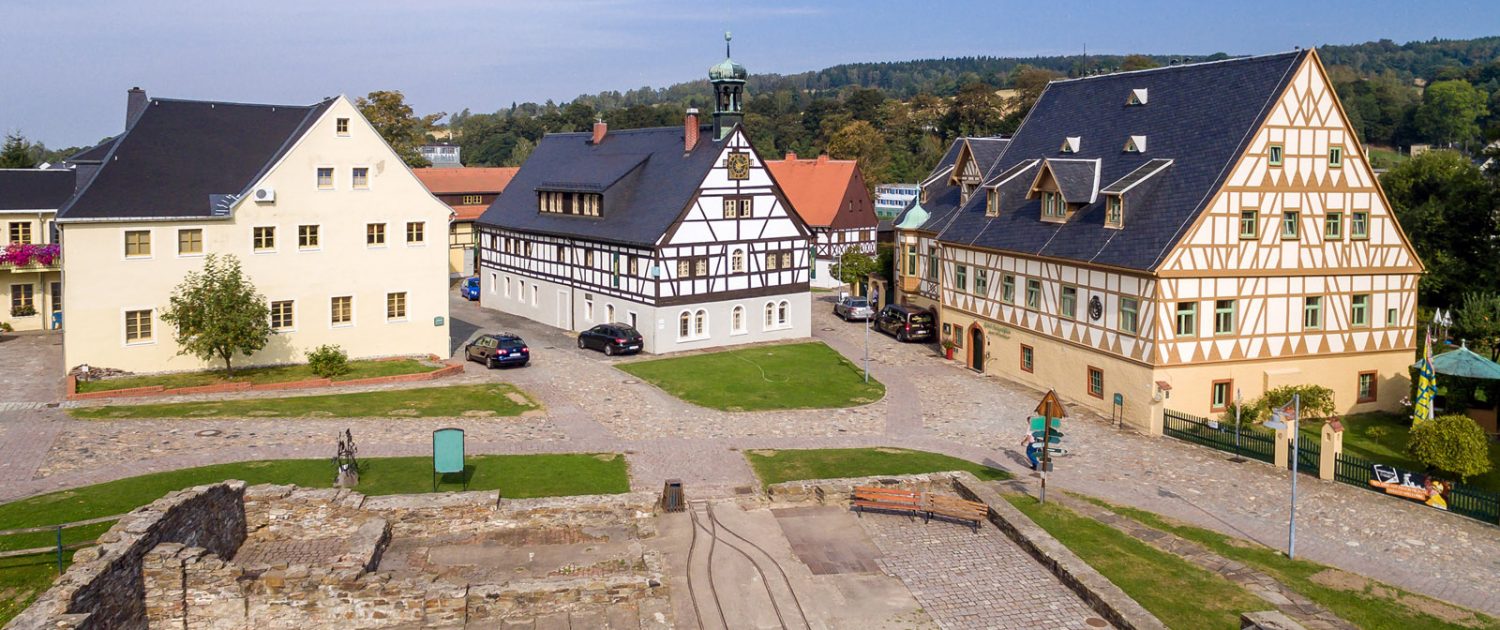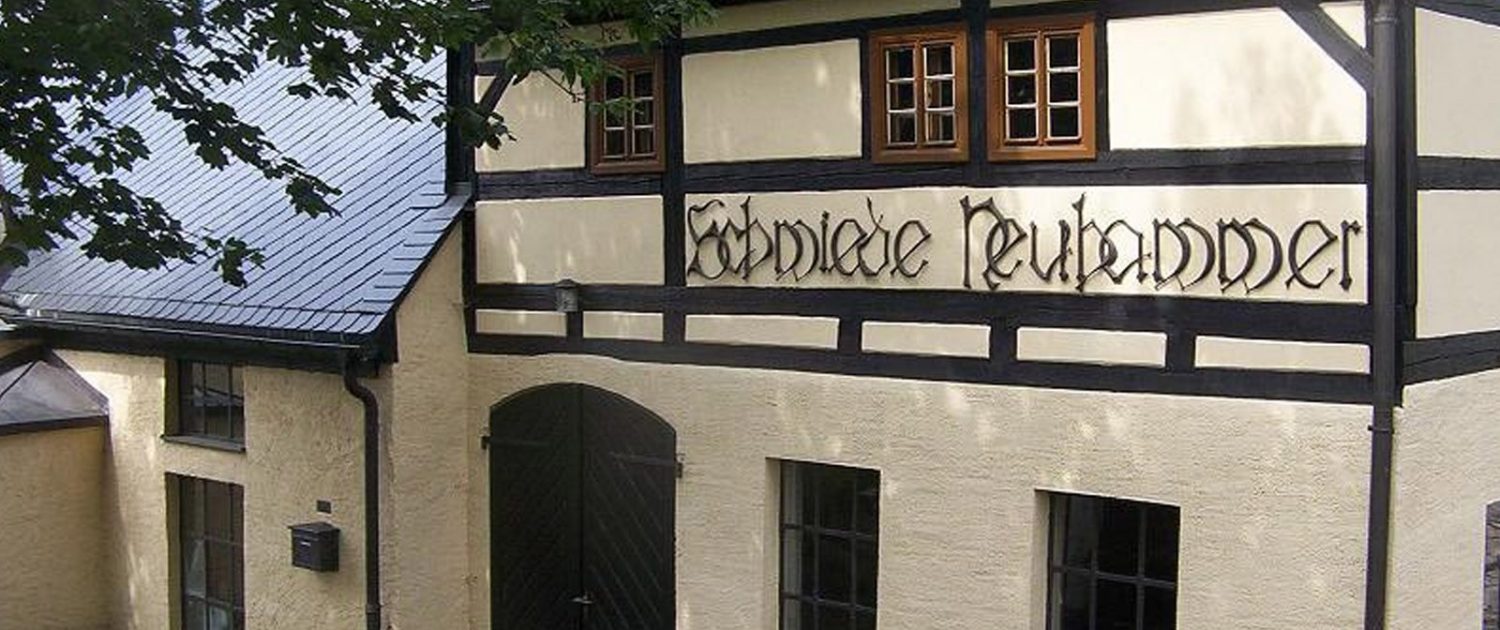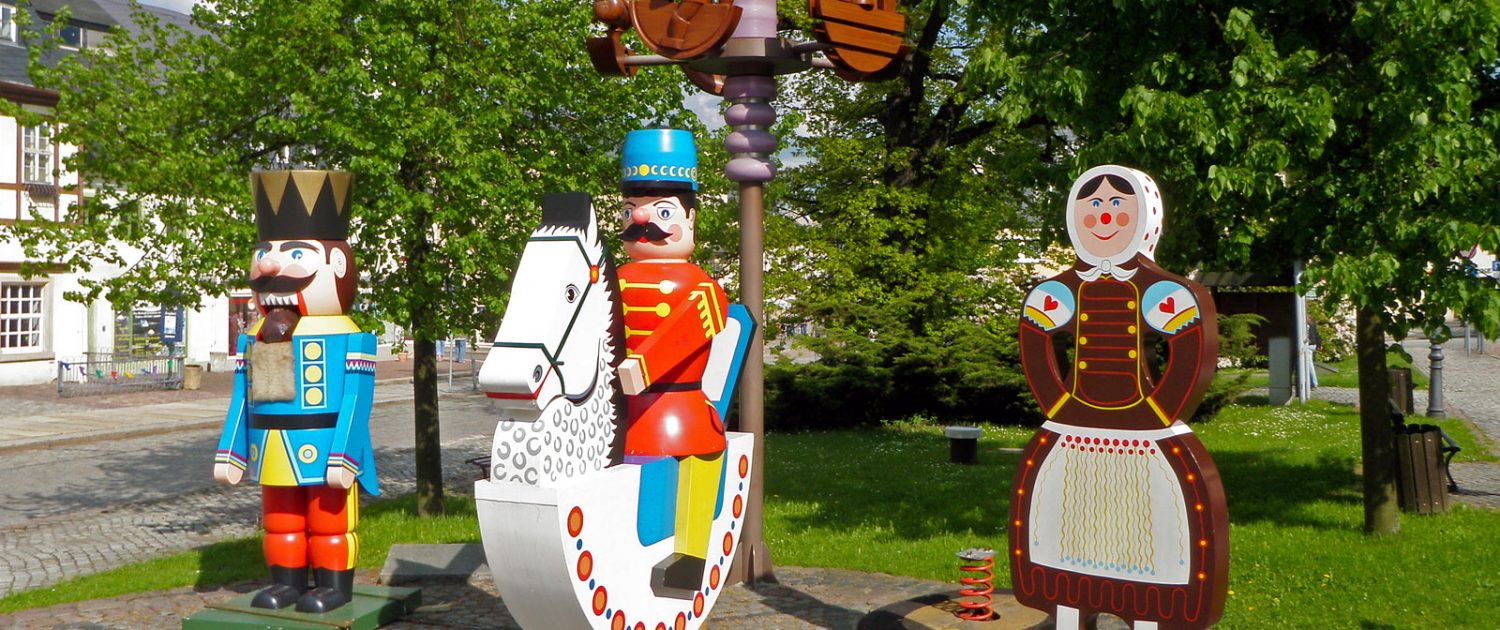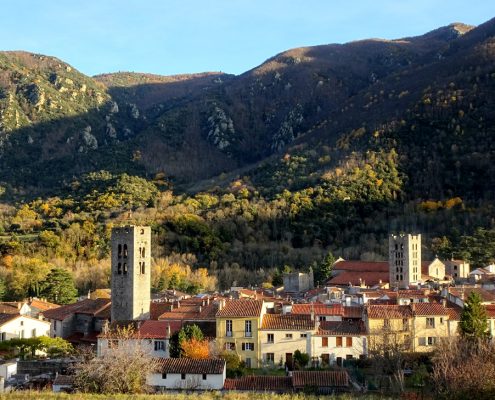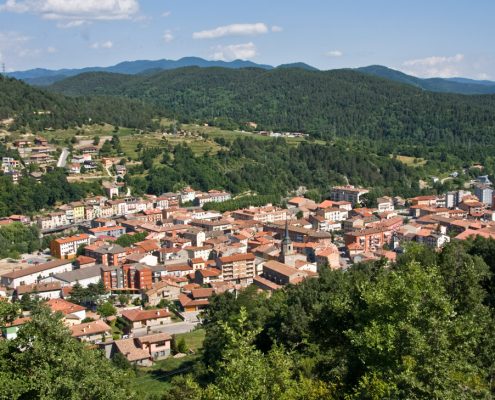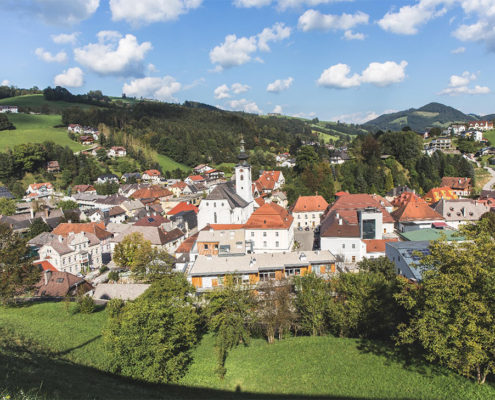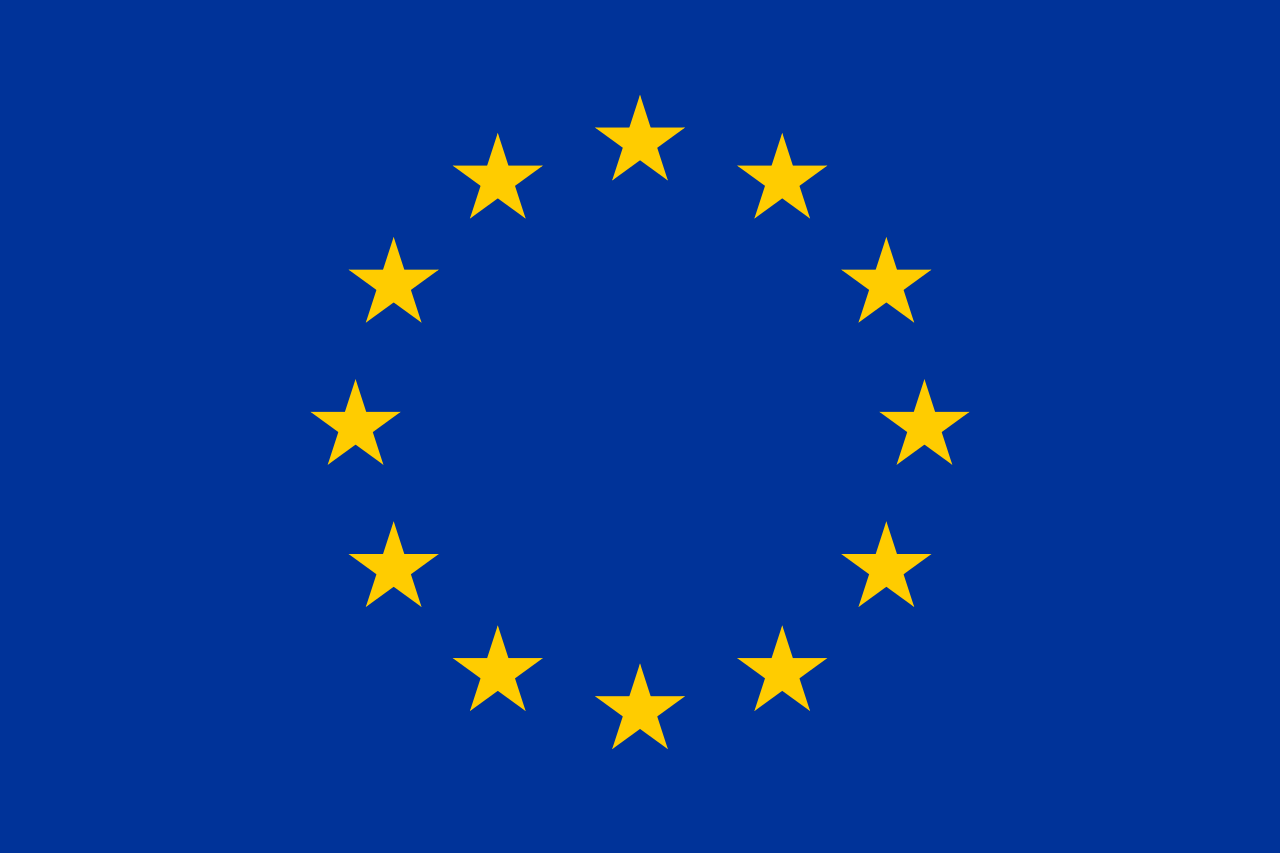Olbernhau (Germany)

Geographical position:
Olbernhau is located in the middle of Erzgebirge in Saxony, 70km south-west from Dresden
Location:
Erzgebirge, Sachsen
Size: 125,36 km²
Number of inhabitants: 11.704
Altitude: 450 m
Contact:
Stadtverwaltung Olbernhau
Grünthaler Str. 28
09526 Olbernhau
Deutschland
Tel: +49 37360 150
E-mail: info@olbernhau.de
www.olbernhau.de
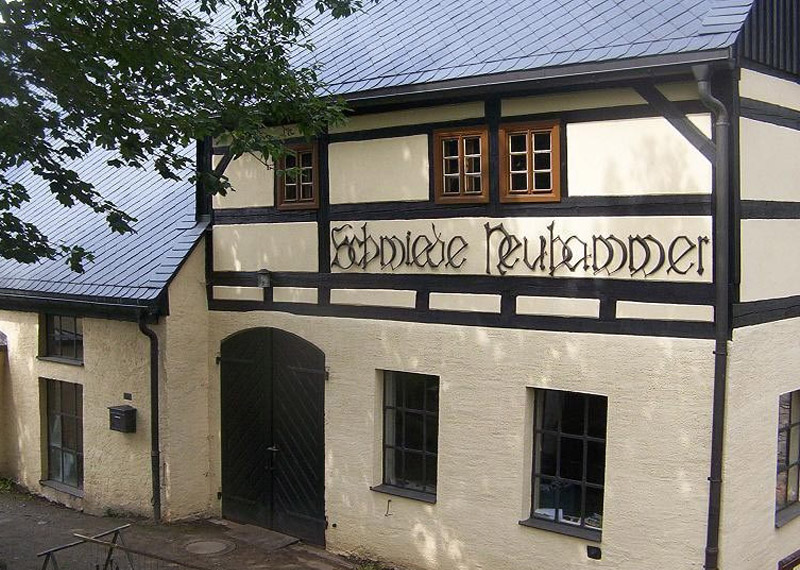 The origin of the local community of Olbernhau dates back to the 12th and 13th century. Its first documentary evidence is from 1434. Already in 1681 a landowner aquired a consession to set up a bore blacksmith shop. In 1703 gunsmiths from Suhl and other places settled down and a gun manufactory was established. During the 18th century the production of toys in the Ore Mountins gained international importance. The Saigerhütte Grünthal in Olbernhau, which was founded in 1537, played an important role in developing the community and in promoting the industry.
The origin of the local community of Olbernhau dates back to the 12th and 13th century. Its first documentary evidence is from 1434. Already in 1681 a landowner aquired a consession to set up a bore blacksmith shop. In 1703 gunsmiths from Suhl and other places settled down and a gun manufactory was established. During the 18th century the production of toys in the Ore Mountins gained international importance. The Saigerhütte Grünthal in Olbernhau, which was founded in 1537, played an important role in developing the community and in promoting the industry.
Today, the complex of the historical monument is one of the most remarkable places in Europe regarding the history of metallurgy and closely linked to the local silver mining. It was Midsummer’s Day in 1537 when Hans Lienhardt, the mine inspector of Annaberg, acquired the area of Olbernhau from the noblemen von Berbisdorf auf Lauterstein and Sebastian von der Weytmil und Chomothau to found a “Saigerhütte” (vertical mill). The method of separation by liquadation which was invented in the first half of the 15th century in the smelting plants of Nuremberg was a masterpiece at that time and served primarily to desilverize copper ores. The silver yield brought an average net income of 18 Lot (1 Lot = 16,66 grams) per hundredweight copper. According to the unitary weight at that time this is equivalent to 300 grams of silver. Thus the mineral royalty which specified that all “precious metals” had to be delivered in the Elector Mint could be gainfully avoided. 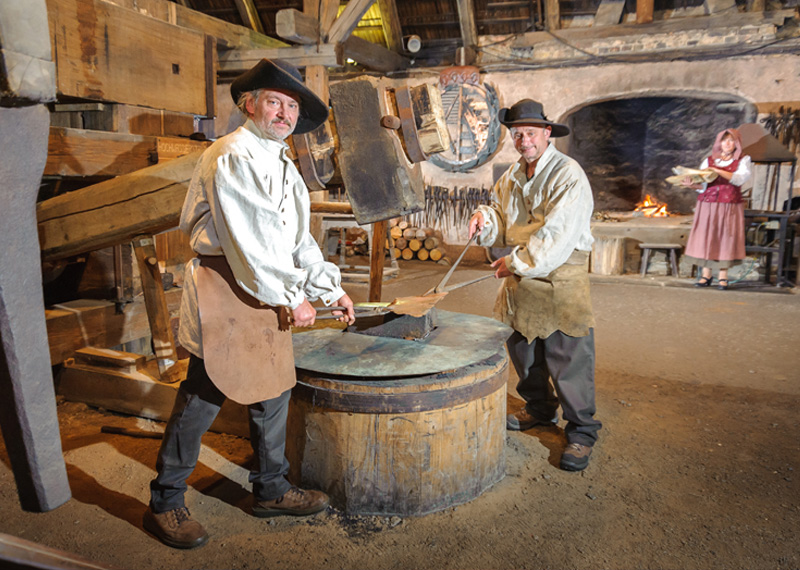
The new stages of production which are oxidizing (“Frischen”), separating of molten metals (“Saigern”), kiln drying (“Darren”) and refining (“Garmachen”) resulted in refined copper with a chasteness of 96-98%. Because of that the red metal was extra supple which made the processing with hammers easier. After a short period it began to corrode and subsequently it was coated with the coveted green patina. In the following volatilization process the liquid lead was separated from the silver and afterwards added to the first stage of production. The choice of location for such a company was based on the presence of much water and forest in this area which was of crucial importance for running the company because the production of charcoal took 100 hectares of the forest land a year. Lienhardt who invested large sums of money was forced to take up capital from merchants from South Germany just two years later.
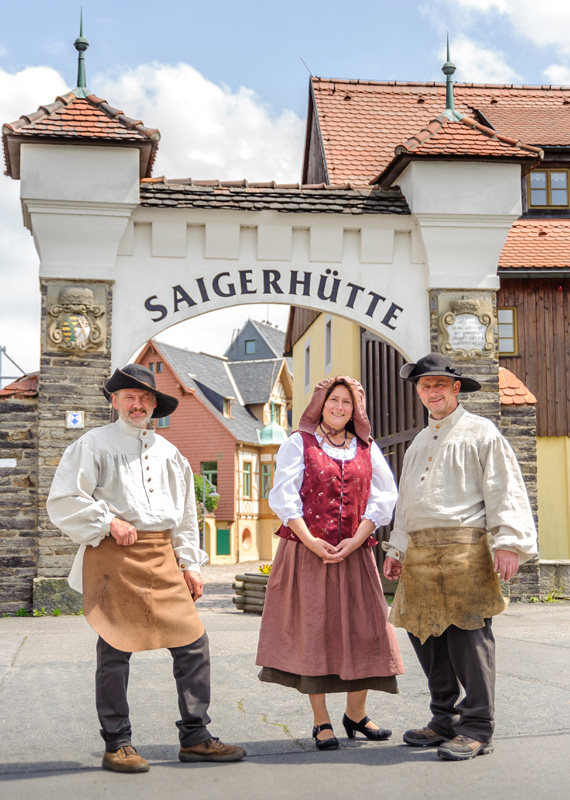 In 1550 the Saigerhütte Grünthal was in possession of the rich Royalty Master Christoph Utmann from Annaberg whose wife Barbara became very famous for bobbin lacemaking. 17 years later he died and the Elector forced the heirs to sell the Saigerhütte to him. So it became Saxon public ownership. In 1873, Franz Adolf Lange, the owner of the hammer mill “Auerhammer”, of the town of Aue, aquired the Saigerhütte and enlarged it to a modern copper and brass mill. Today there are still 22 historical buildings preserved which are mainly surrounded by a defence wall built after the Thirty Years‘ War. The most important part of the construction, the “long mill” (“Lange Hütte”), was knocked down due to its disrepair. In 1567 the copper sledge (“Althammer”) was part of the building stock of the Saigerhütte. Today it can still be presented to visitors as fully functional. The power transmission is done by a huge spindle which is moved by a breastshot water wheel. Since 1914 the world-famous roof copper that adorned and still adorns more than 400 buildings is not manufactured anymore.
In 1550 the Saigerhütte Grünthal was in possession of the rich Royalty Master Christoph Utmann from Annaberg whose wife Barbara became very famous for bobbin lacemaking. 17 years later he died and the Elector forced the heirs to sell the Saigerhütte to him. So it became Saxon public ownership. In 1873, Franz Adolf Lange, the owner of the hammer mill “Auerhammer”, of the town of Aue, aquired the Saigerhütte and enlarged it to a modern copper and brass mill. Today there are still 22 historical buildings preserved which are mainly surrounded by a defence wall built after the Thirty Years‘ War. The most important part of the construction, the “long mill” (“Lange Hütte”), was knocked down due to its disrepair. In 1567 the copper sledge (“Althammer”) was part of the building stock of the Saigerhütte. Today it can still be presented to visitors as fully functional. The power transmission is done by a huge spindle which is moved by a breastshot water wheel. Since 1914 the world-famous roof copper that adorned and still adorns more than 400 buildings is not manufactured anymore.
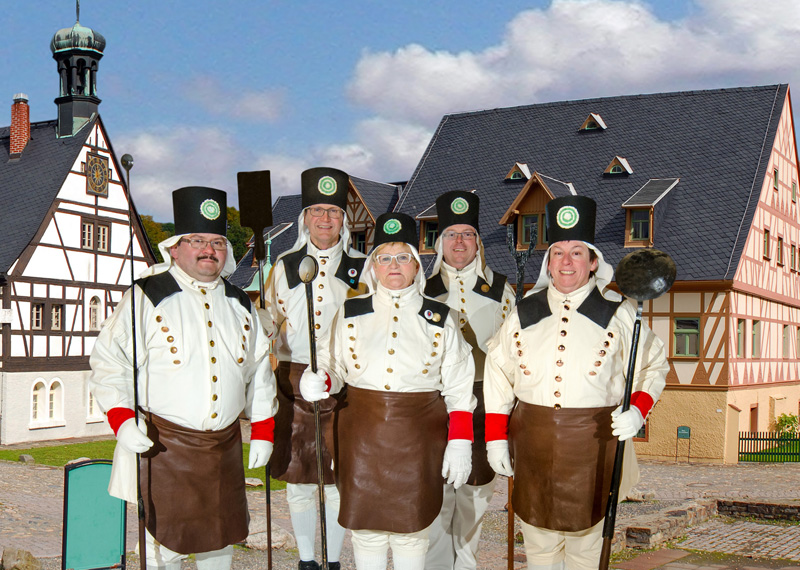 The town is located in a 13 km long valley surrounded by high ridges which rise with their altitudes of 700 – 800 m until about 250 m above the bottom of the valley. Olbernhau is full of scenic attractions. Due to its excellent transport connection, Olbernhau is the starting point for nature hikes and bicycle tours to discover the features of the region. The layout of the city is convenient for traffic as it is at a distance of a 100 km to Prague and 80 km to Dresden. A special point of attraction of Olbernhau is the Saigerhütte. There is comfortable accommodation, a large number of restaurants as well as a wide range of signposted hiking trails.
The town is located in a 13 km long valley surrounded by high ridges which rise with their altitudes of 700 – 800 m until about 250 m above the bottom of the valley. Olbernhau is full of scenic attractions. Due to its excellent transport connection, Olbernhau is the starting point for nature hikes and bicycle tours to discover the features of the region. The layout of the city is convenient for traffic as it is at a distance of a 100 km to Prague and 80 km to Dresden. A special point of attraction of Olbernhau is the Saigerhütte. There is comfortable accommodation, a large number of restaurants as well as a wide range of signposted hiking trails.
Olbernhau is a founding member of the Ring of European Cities of Blacksmith, the inaugural event was held in 2001 and hosted the 2016 Annual Conference.
